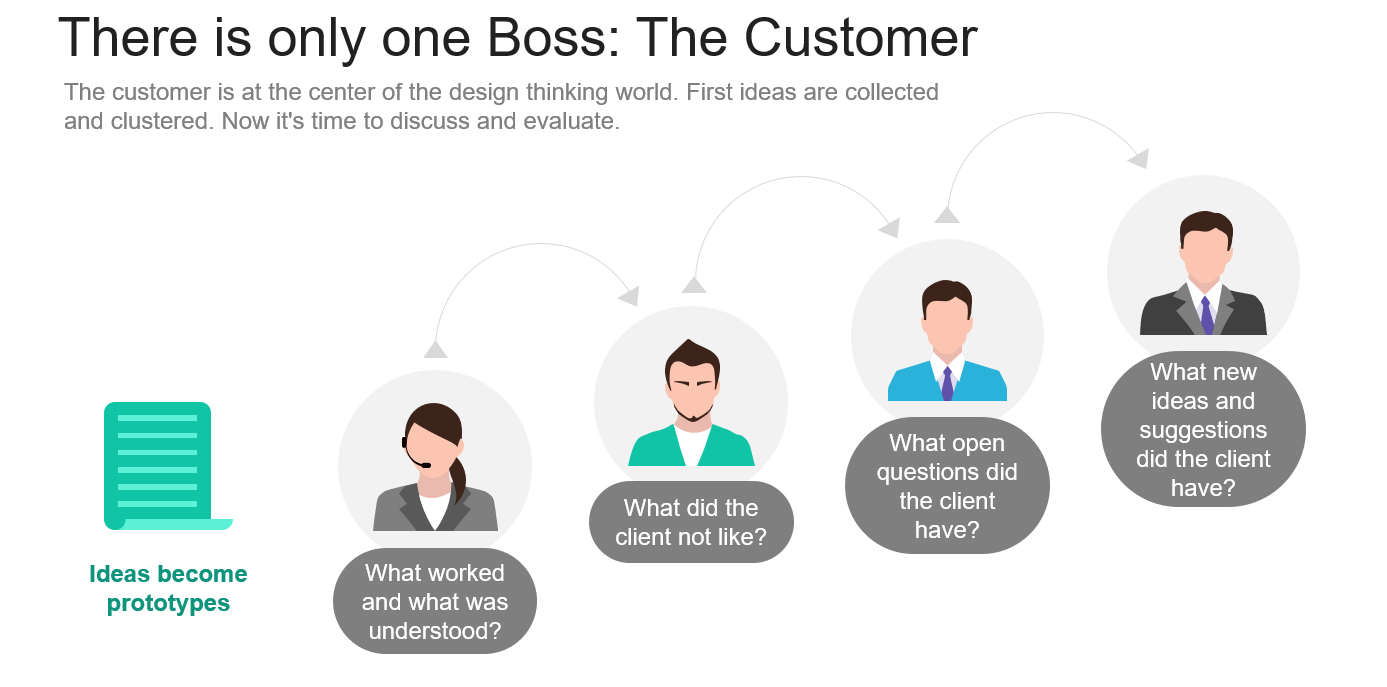New Work & Change
Our seminar participants often ask the following question: How should the company deal with conflicts, tensions and also failure? The key to high-performance teams is the culture of error. A 0% tolerance of mistakes stifles innovation and the courage to try things out. Learn systematically from mistakes and avoid reproaches. To do this, the team must develop a common understanding. The team should find answers to the following questions:
- How often may mistakes be made?
- What does the company forgive? What is not?
- Is there a common understanding of what mistakes are?
Our courses

The ABC of Innovation Management – New Work & Change
Brainstorming and Idea Evaluation: As with creativity techniques, any form of criticism is forbidden in the idea generation process. As a leader, you should not hastily dismiss your employees’ ideas. This leads to fewer ideas and disrupts the idea generation process. During the evaluation process, it is important to filter out the most promising ideas in order to focus on them.
Capabilities: Capabilities stands for the different abilities and resources of the company to create innovation. It is mainly about people, as innovation depends heavily on the capabilities of individuals and teams.
Co-creation: Classic innovation management has had its day. In co-creation, innovations are developed together with the customer. Opening up the innovation process requires new competence profiles among employees.
Culture: With the right kind of innovation culture, companies are much more likely to recruit and retain the right people. Innovation culture emphasises the need to always be thinking about ways to get better. This includes values such as speed, learning and experimentation. Failure is seen as a normal part of the process of creating something new.
Design thinking: Design thinking is a systematic approach to changing customer needs. Design thinkers look through the user’s glasses and put themselves in the role of the user.
Google Sprint: 5 days, 1 team, 1 challenge. A Design Sprint is a five-day workshop during which problems are analysed, solutions developed and ideas tested with customers.
Scrum: Scrum reduces the complexity of the task with structure and through smaller, less complex building blocks. Progress and obstacles of a project are communicated regularly and visible to all. Project results and functionalities are evaluated regularly. Product requirements, plans and procedures are not even rigidly defined, but continuously adapted in detail.
Strategy: Simply put, strategy is the company’s plan to achieve long-term success. Strategy is about making a conscious choice between a range of possible options to achieve the best chance of winning.
Structure: The difference between structures and capabilities is that structures enable the effective use of the company’s innovation capabilities. The right structures release additional energy and motivation so that innovation can be worked on much more effectively in the company.